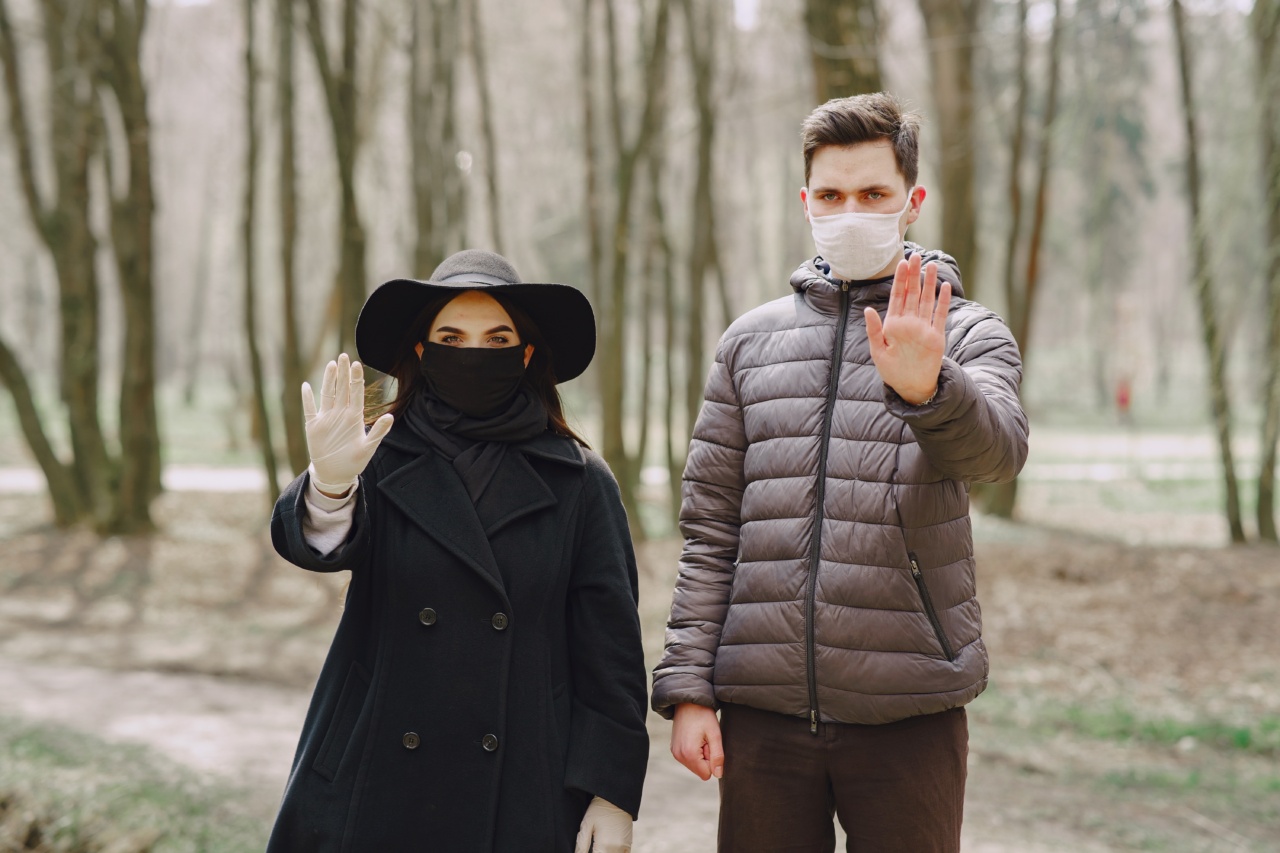Rare diseases affect tens of millions of people worldwide. Despite their name, there are thousands of rare diseases, and they affect people from all walks of life.
But because there are relatively few people affected by each disease, they often don’t get the attention they deserve from healthcare providers, researchers, and policymakers. Luckily, there are many organizations and initiatives dedicated to helping those with rare diseases.
Rare Diseases: What They Are and Why They Matter
Rare diseases are defined as conditions that affect fewer than 200,000 people in the United States (or fewer than one in 2,000 people in the European Union).
But even though each condition is rare, they collectively affect tens of millions of people worldwide. In fact, it’s estimated that there are between 6,000 and 8,000 different rare diseases, and that 400 million people worldwide are living with them (approximately 10% of the global population).
Rare diseases are often chronic, debilitating, and life-threatening. Many of them are genetic, meaning they’re caused by changes in genes or chromosomes.
This can lead to a wide range of symptoms and complications, which can affect everything from the heart and lungs to the brain and immune system. And because they’re rare, it can be difficult to find treatments or cures for them.
It’s important to recognize that rare diseases are not only a medical issue, but also a societal one. People with rare diseases often face significant social, economic, and psychological challenges.
For example, they may have trouble finding a doctor who’s familiar with their condition, accessing affordable treatments, or getting support from their community or workplace.
Collaborating for a Better Future
Because they’re rare, many people with rare diseases don’t receive the attention they need from healthcare providers, researchers, and policymakers. But this is slowly starting to change.
Over the past few decades, there has been a growing movement to raise awareness about rare diseases, improve access to healthcare and treatments, and fund research into these conditions.
One of the most effective ways to address rare diseases is through collaboration.
There are many organizations, initiatives, and networks that bring together patients, caregivers, healthcare providers, researchers, and policymakers to work towards a common goal: improving the lives of those with rare diseases.
Patient Advocacy Organizations
One of the most important groups involved in the fight against rare diseases are patient advocacy organizations.
These are groups run by patients, caregivers, and family members, who work to raise awareness about rare diseases, increase access to treatments and support, and advocate for policies that benefit those with rare diseases.
Some of the most notable patient advocacy organizations include the National Organization for Rare Disorders (NORD), the Global Genes Project, and EURORDIS (the European Organization for Rare Diseases).
These groups provide a wide range of services to patients and families, including information and resources, support groups, and advocacy efforts.
Clinical Networks
Clinical networks are groups of healthcare providers and researchers who specialize in rare diseases. They work together to share information and expertise, improve diagnosis and treatment, and conduct research into these conditions.
One example of a clinical network is the Undiagnosed Diseases Network (UDN), which is a collaboration between dozens of medical centers and research institutions in the United States.
The UDN works to diagnose rare and undiagnosed diseases, and to provide patients with access to cutting-edge treatments and clinical trials.
Research Initiatives
Research is critical to finding new treatments and cures for rare diseases. But because these diseases are rare, it can be difficult to attract funding and resources for research.
That’s why there are many initiatives and programs dedicated to supporting research into rare diseases.
One example is the Rare Diseases Clinical Research Network (RDCRN), which is funded by the National Institutes of Health (NIH) in the United States.
The RDCRN supports research into more than 200 different rare diseases, and works to improve the diagnosis and treatment of these conditions.
Industry Partnerships
Pharmaceutical companies and biotech firms play a critical role in the fight against rare diseases. They develop many of the treatments that help people with these conditions, and they invest millions of dollars in research and development every year.
But because rare diseases are so rare, it can be difficult for these companies to justify the investment in research and development.
That’s why there are many initiatives and partnerships between industry and other groups, aimed at improving research and treatment for rare diseases.
Government Support
Finally, government support is critical to advancing research and treatment for rare diseases. Governments can provide funding for research, create policies that support patients and families, and foster collaboration between different groups.
Many governments have already taken steps to support those with rare diseases.
In the United States, for example, the Rare Diseases Act of 2002 established a framework for addressing rare diseases, and the Orphan Drug Act of 1983 incentivized pharmaceutical companies to develop treatments for rare diseases. Similar legislation has been passed in other countries around the world.
A Message of Hope
Despite the challenges they face, those with rare diseases should take comfort in the many organizations and initiatives that are working to make a difference.
By collaborating and sharing their expertise, these groups are making progress every day towards a brighter future for those with rare diseases.
It’s also worth noting that many people with rare diseases are living full and meaningful lives, thanks to the support of their families, friends, and healthcare providers.
And while more work needs to be done to improve access to treatments and support, there are many success stories that offer hope and inspiration to those living with rare diseases.
Conclusion
Rare diseases are a global challenge, affecting millions of people worldwide.
But with the support of patient advocacy organizations, clinical networks, research initiatives, industry partnerships, and government policies, progress is being made in the fight against these diseases.
Collaboration is key in this effort, as it allows different groups to share their expertise and work towards a common goal.
By working together, we can improve access to treatments and support for those with rare diseases, and ultimately improve their quality of life.


























